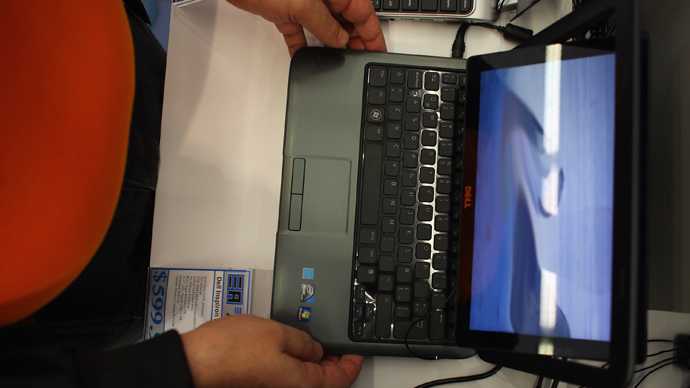Court rules Dept. of Homeland Security must reveal ‘internet kill switch’ protocol

A federal court has demanded that the US Department of Homeland Security reveal its protocol for the use of a so-called “internet kill switch.”
The US District Court for the District of Columbia shot down
claims made by the Department of Homeland Security (DHS) which
stated that revealing the agency’s capability to use an internet
shutdown plan during “national crises” should be exempt
from public disclosure.
The court said this week the agency has 30 days to release its records to the public, though DHS can appeal the ruling. Officials have not indicated whether or not the agency will.
The Electronic Privacy Information Center (EPIC) initially filed a Freedom of Information Act (FOIA) request in July 2012 for the “kill switch” protocol, or "Standard Operating Procedure 303.”
In the court filing obtained by EPIC, the plan is described as an "emergency wireless protocol...codifying a shutdown and restoration process for use by commercial and private wireless networks during national crises." The protocol especially aims to "deter the triggering of radio-activated improvised explosive devices."
The DHS responded to the 2012 request by claiming it could not find the pertinent records.
After an appeal by EPIC, DHS relented and released a heavily redacted document, citing exemptions that supposedly allowed it to shield information that could “disclose techniques and procedures for law enforcement investigations or prosecutions” or “could reasonably be expected to endanger the life or physical safety of any individual.”
The district court rejected the agency’s broad interpretation of FOIA request exemptions and ruled that the DHS wrongly claimed it could withhold the protocol as a “technique for law enforcement investigations or prosecutions.”
The phrase, the court said, “refers only to acts by law enforcement after or during the prevention of a crime, not crime prevention techniques.”
On July 6, 2012, President Barack Obama signed the Assignment of National Security and Emergency Preparedness Communications Functions Executive Order, authorizing the DHS to take control of the country’s wired and wireless communications - including the internet - in emergency situations.
The signing was accompanied with little to no acknowledgment outside of the White House, but initial reports on the order quickly caused a stir. The Obama administration addressed those complaints by calling the Executive Order a necessary tool for America’s national security.
“The [order] recognizes the creation of DHS and provides the Secretary the flexibility to organize the communications systems and functions that reside within the department as [Homeland Security Secretary Janet A. Napolitano] believes will be most effective,” White House spokeswoman Caitlin Hayden told The Washington Post.
Hayden added that “The [order] does not transfer authorities between or among departments.” But the order does indeed allow the DHS to establish and implement control over even the privately owned communications systems in the country - including internet service providers such as Time Warner, Verizon, and Comcast - if the administration agrees that it is warranted for security’s sake.
After the signing, EPIC attorney Amie Stepanovich said the DHS could now “seize control of telecommunications facilities, including telephone, cellular and wireless networks, in order to prioritize government communications over private ones in an emergency.”
“The previous orders did not give DHS those authorities over private and commercial networks,” Stepanovich added. “That’s a new authority.”














